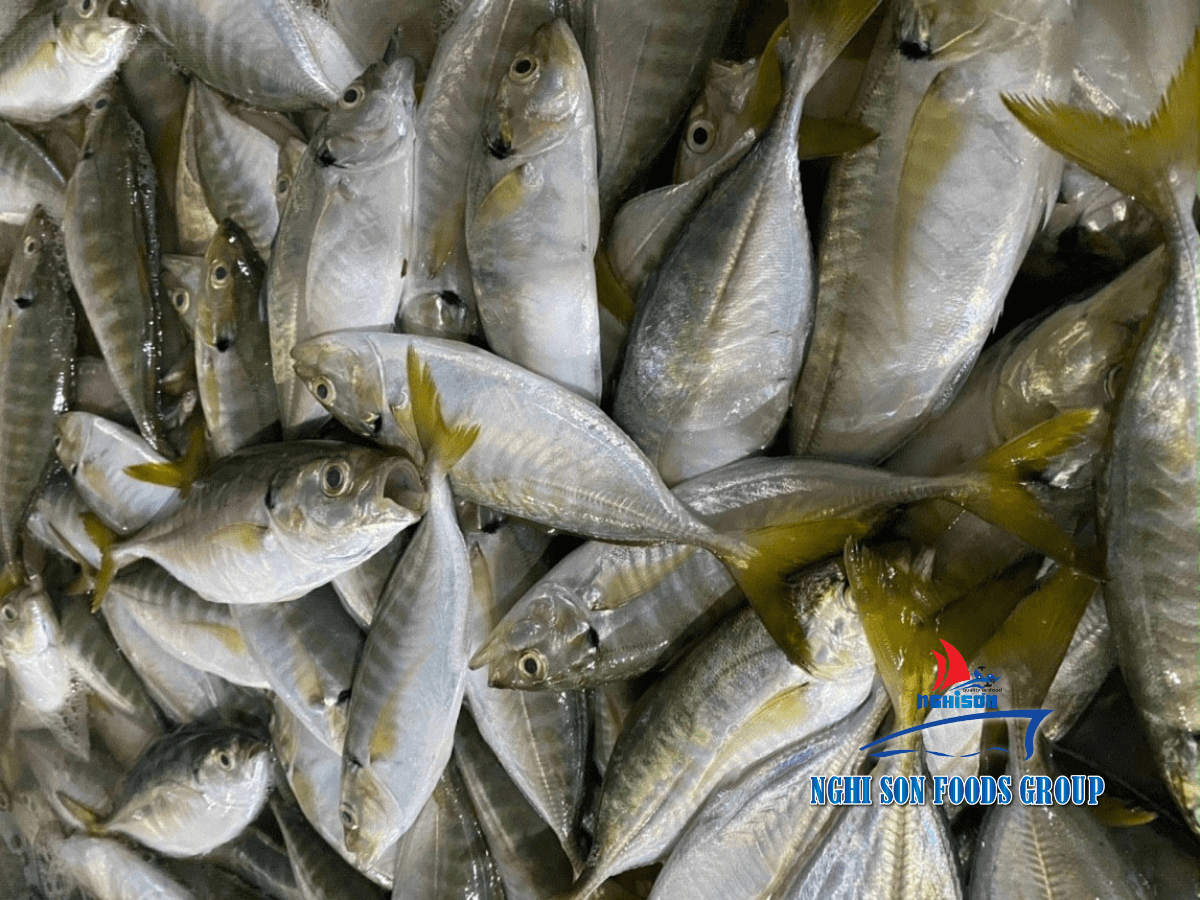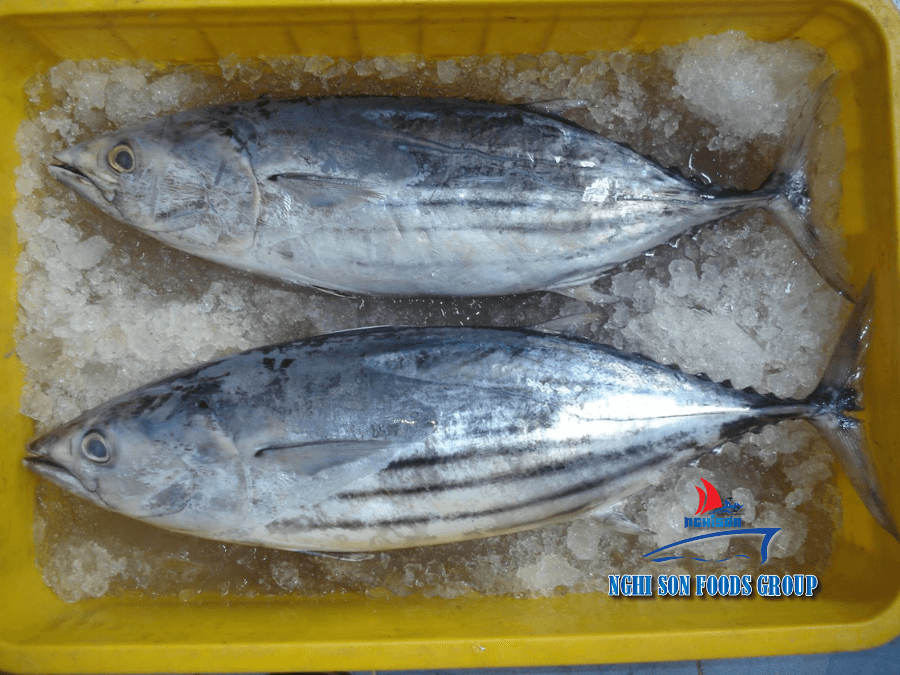In the complex world of food production and distribution, ensuring the safety of what we eat is a paramount concern. One of the cornerstones of food safety management is HACCP, an acronym that stands for Hazard Analysis and Critical Control Points. It is a systematic, science-based approach designed to identify and control potential hazards in the food production process. In this article, we will delve into the world of HACCP, exploring its significance, principles, and the crucial role it plays in safeguarding our food supply.
Table of Contents
ToggleThe Significance of HACCP
It is not just a series of steps or a set of guidelines; it’s a proactive and preventive approach to food safety. It’s about identifying potential hazards before they become real threats and implementing measures to control them. The significance of HACCP can be understood through several key points:
Safety Assurance
At its core, HACCP is about ensuring the safety of our food supply. It provides a structured framework for identifying and addressing risks associated with foodborne illnesses, chemical contaminants, physical hazards, and more. By systematically analyzing and controlling these hazards, it helps prevent food safety incidents.
Regulatory Compliance
HACCP is a recognized and often required system in the food industry. Many countries and regulatory agencies have mandated the implementation of its principles as a legal requirement for food producers. Compliance with HACCP standards is not just a best practice; it’s a legal obligation.
Consumer Confidence
Consumers today demand more than just tasty food; they want food they can trust. HACCP certification and adherence to its principles instill confidence in consumers that the food they purchase is safe to eat. It’s a mark of quality and responsibility.
Risk Reduction
By systematically identifying critical control points and implementing controls, HACCP reduces the risk of food safety incidents. This, in turn, reduces the potential for costly recalls, legal liabilities, and damage to a company’s reputation.
The Principles of HACCP
It is founded on seven core principles that provide a systematic approach to food safety management:
Conduct a Hazard Analysis
The first step in HACCP is to conduct a thorough hazard analysis. This involves identifying potential hazards at each stage of the food production process, from raw materials to distribution.
Identify Critical Control Points (CCPs)
Critical Control Points are specific points in the production process where control measures can be applied to prevent, eliminate, or reduce hazards to an acceptable level. Identifying CCPs is crucial for effective hazard control.
Establish Critical Limits
For each CCP, critical limits must be established. These are measurable criteria that define whether a process is under control. Critical limits serve as a basis for monitoring and corrective action.
Monitor CCPs
Continuous monitoring of CCPs ensures that critical limits are consistently met. Monitoring can involve physical measurements, observations, or other techniques, depending on the hazard and process.
Establish Corrective Actions
When monitoring reveals that a CCP is not under control, corrective actions must be taken. These actions aim to bring the process back into control and prevent the release of unsafe products.
Verification
Verification activities confirm that the HACCP system is working effectively. This includes reviewing records, conducting periodic audits, and ensuring that critical limits are being met consistently.
Recordkeeping and Documentation
Accurate and thorough recordkeeping is essential in HACCP. Documentation provides a historical record of the HACCP plan, including hazard analysis, CCPs, critical limits, monitoring results, corrective actions, and verification activities.
Implementing HACCP
Implementing HACCP involves 9 key steps:
- Assemble a HACCP Team: Creating a multidisciplinary team with expertise in various aspects of food production is crucial. Team members should collectively have a deep understanding of the process and potential hazards.
- Describe the Product and Its Intended Use: A clear understanding of the product and how it will be used by consumers is essential for conducting a comprehensive hazard analysis.
- Conduct a Hazard Analysis: Identify and evaluate potential hazards associated with the product and its production process. This step involves considering biological, chemical, and physical hazards.
- Determine Critical Control Points (CCPs): Based on the hazard analysis, determine which points in the process are critical for controlling identified hazards.
- Establish Critical LimitsL: For each CCP, establish critical limits that serve as criteria for acceptable performance.
- Develop Monitoring Procedures: Outline procedures for monitoring CCPs to ensure that critical limits are consistently met.
- Establish Corrective Actions: Define the steps to be taken when monitoring indicates that a CCP is not under control.
- Verify the System: Verify that the HACCP system is working effectively through activities like audits and reviewing records.
- Maintain Records: Maintain accurate records of all HACCP-related activities, including hazard analyses, CCP determinations, monitoring results, corrective actions, and verification activities.
Conclusion
HACCP is not just a set of guidelines; it’s a commitment to food safety excellence. In an age where food safety is paramount, it provides a systematic and proactive approach to identify and control potential hazards in the food production process. Its principles and practices protect consumers, uphold regulatory compliance, and foster consumer confidence. As we continue to enjoy a diverse range of foods from around the world, HACCP remains a steadfast guardian, ensuring that the meals we savor are not only delicious but also safe.




















